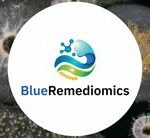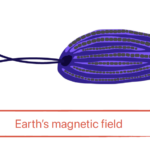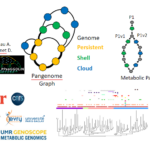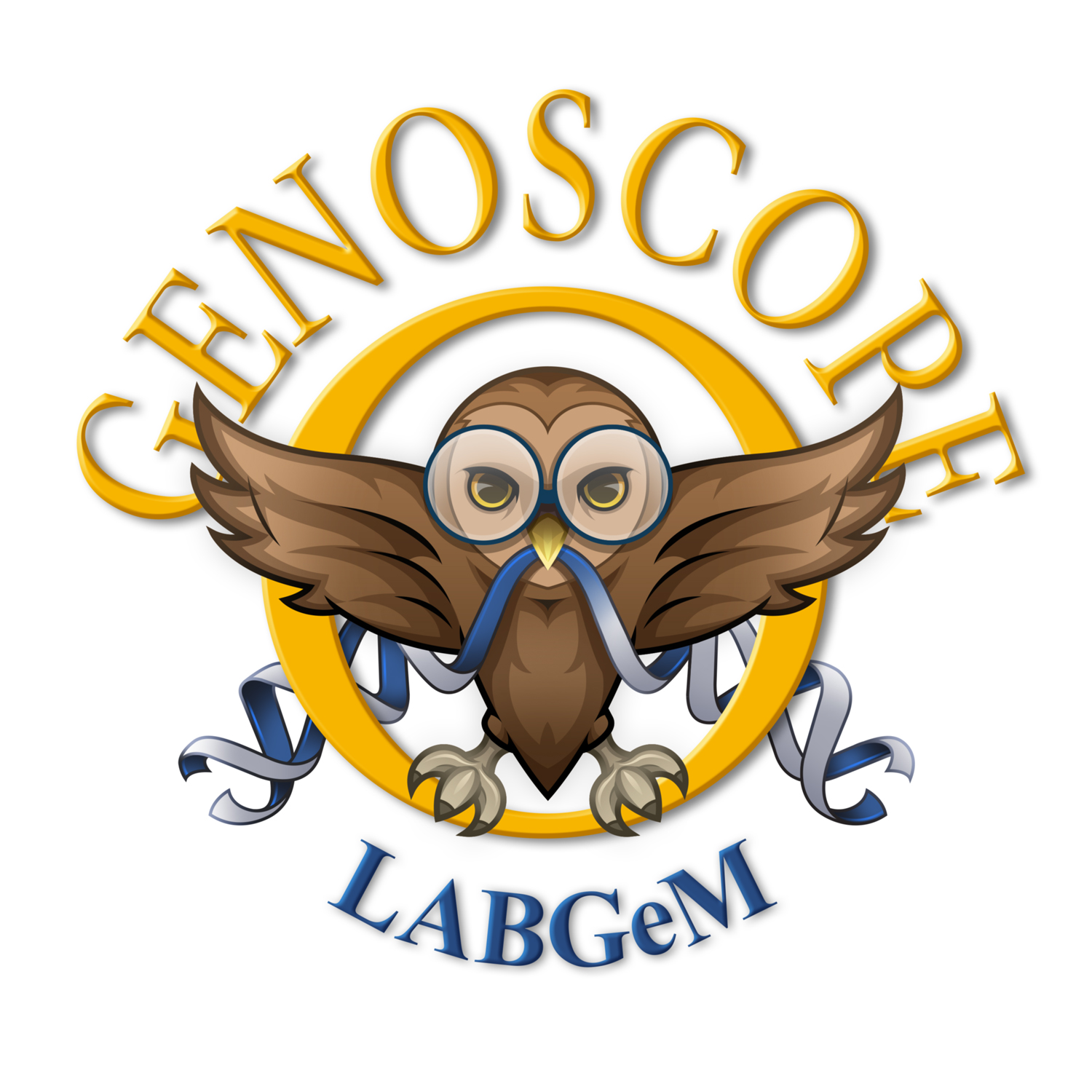
Multi-enzymatic nanomachines for the controlled transformation of terrestrialplant biomass.
The climate emergency requires us to move from an economy based on fossil fuels to a sustainableenergy mix, allowing a transition from our carbon-based societies to a more sustainable economy.In this context, the valorisation of lignocellulosic biomass (LCB) is central for the development ofthe circular bioeconomy. LCB is composed of ...

ARCHANE : Reconstructing the cell biology of the archaeal ancestor of eukaryotes
Abstract The emergence of eukaryotes (eukaryogenesis) is one of the central, extensively debated and yet unanswered questions in biology. It was proposed that informational genes as well as cytoskeleton and membrane remodelling/cell division machineries of eukaryotes have been inherited from an archaeal ancestor. Most of these eukaryotic-like proteins, often referred ...

BlueRemediomics: Harnessing the Marine Microbiome for Novel Sustainable Biogenics and Ecosystem Services
Launched in December 2022, the Horizon Europe BlueRemediomics project aims to harness the untapped potential of marine microbial resources. Lasting four years, and bringing together an international consortium of experts including the Metabolic Genomics UMR (Genoscope/CEA-Jacob), this project will develop new tools and new approaches to explore marine microbiome data ...
CarboMagnet : Contribution of magnetotactic bacteria forming intracellular carbonate mineral phases to the sequestration of organic carbon and alkaline earth elements
Abstract The project focuses on a poorly known carbon-sequestering environmental process by a group of diverse bacteria forming intracellular carbonates, occurring at oxic/anoxic boundaries (OAB) in aquatic environments. The molecular and geochemical processes of bacterial biomineralization will be studied by a combination of approaches in isotope and aqueous geochemistry, mineralogy, ...

SymbioMAGNET : Deciphering the biodiversity, ecology and evolution of magnetotactic symbiosis
Abstract The project aims to decipher the biodiversity, ecology and evolution of a group of unicellular eukaryotes ubiquitous in marine anoxic sediments that sense the Earth’s magnetic field thanks to their symbiotic bacteria. This exploration will be done with a combination of approaches in microbiology, microscopy and genomics from the ...

ModelOmics
Background Today, thanks to the development of metagenomics, our knowledge of microbial diversity has greatly changed. Whereas previously cellular organisms were seen more as independent entities, today we know that they organize themselves into complex microbial communities made up of several species of bacteria, archaea and eukaryotes, and their mobilome ...
